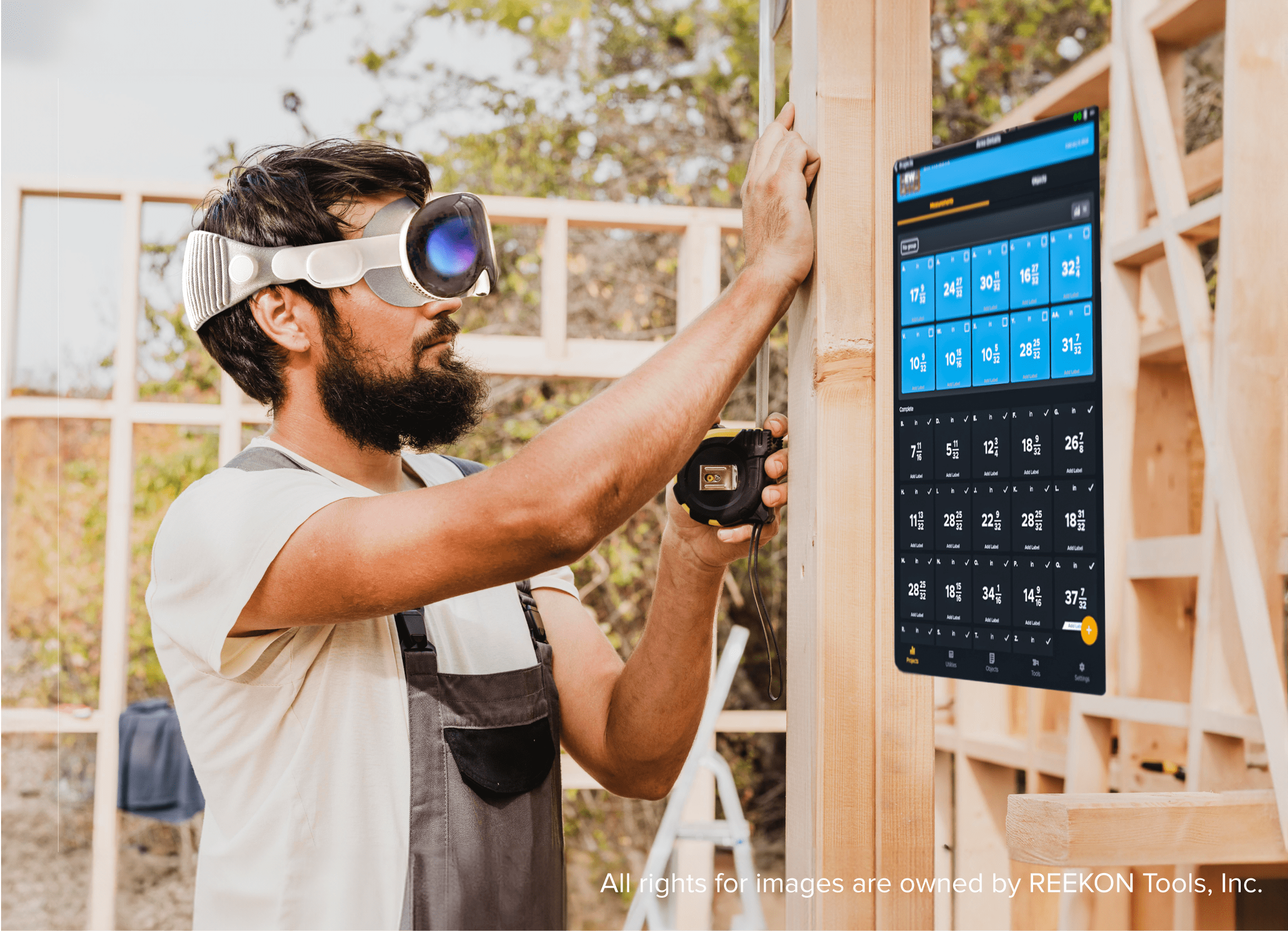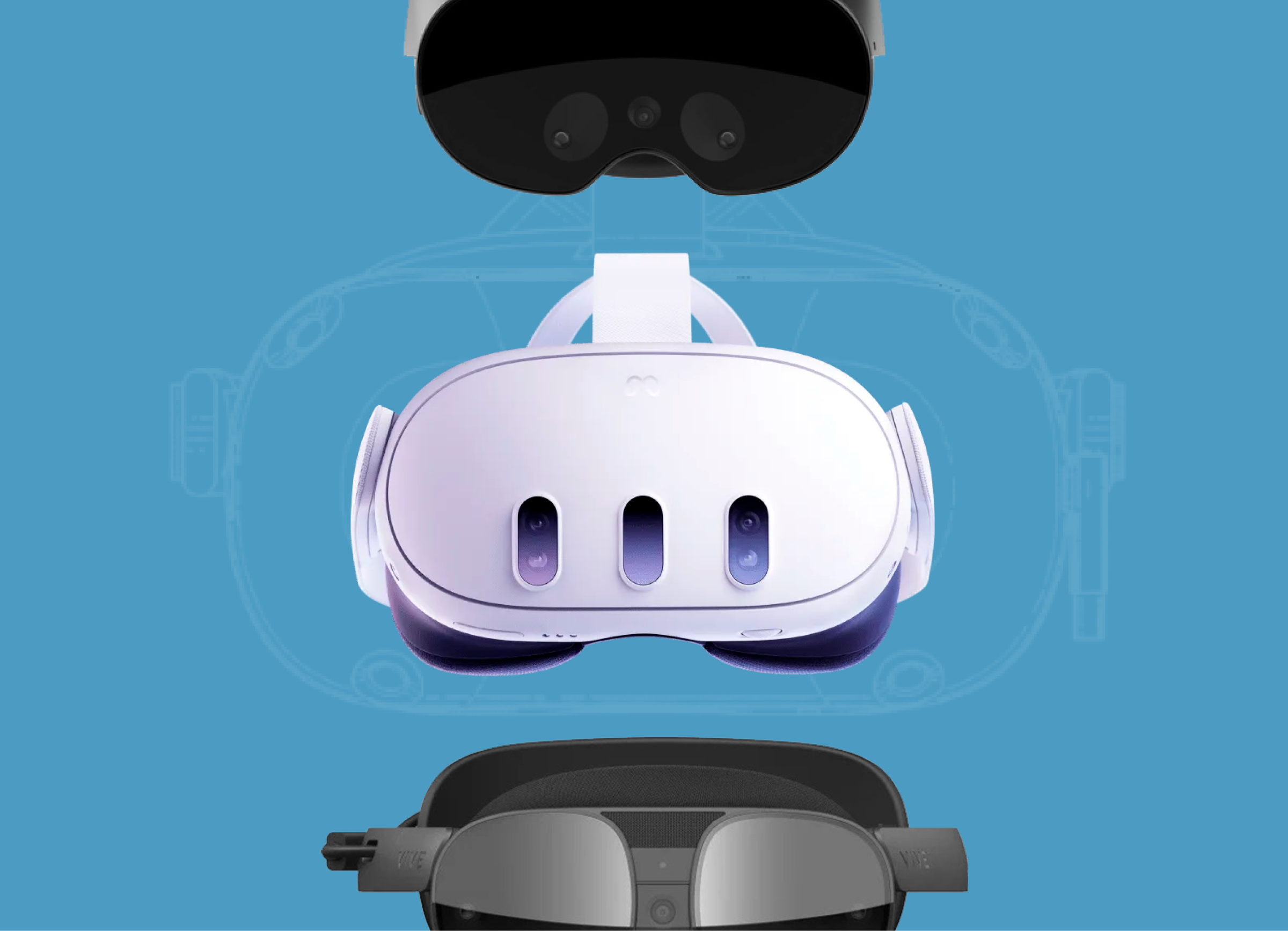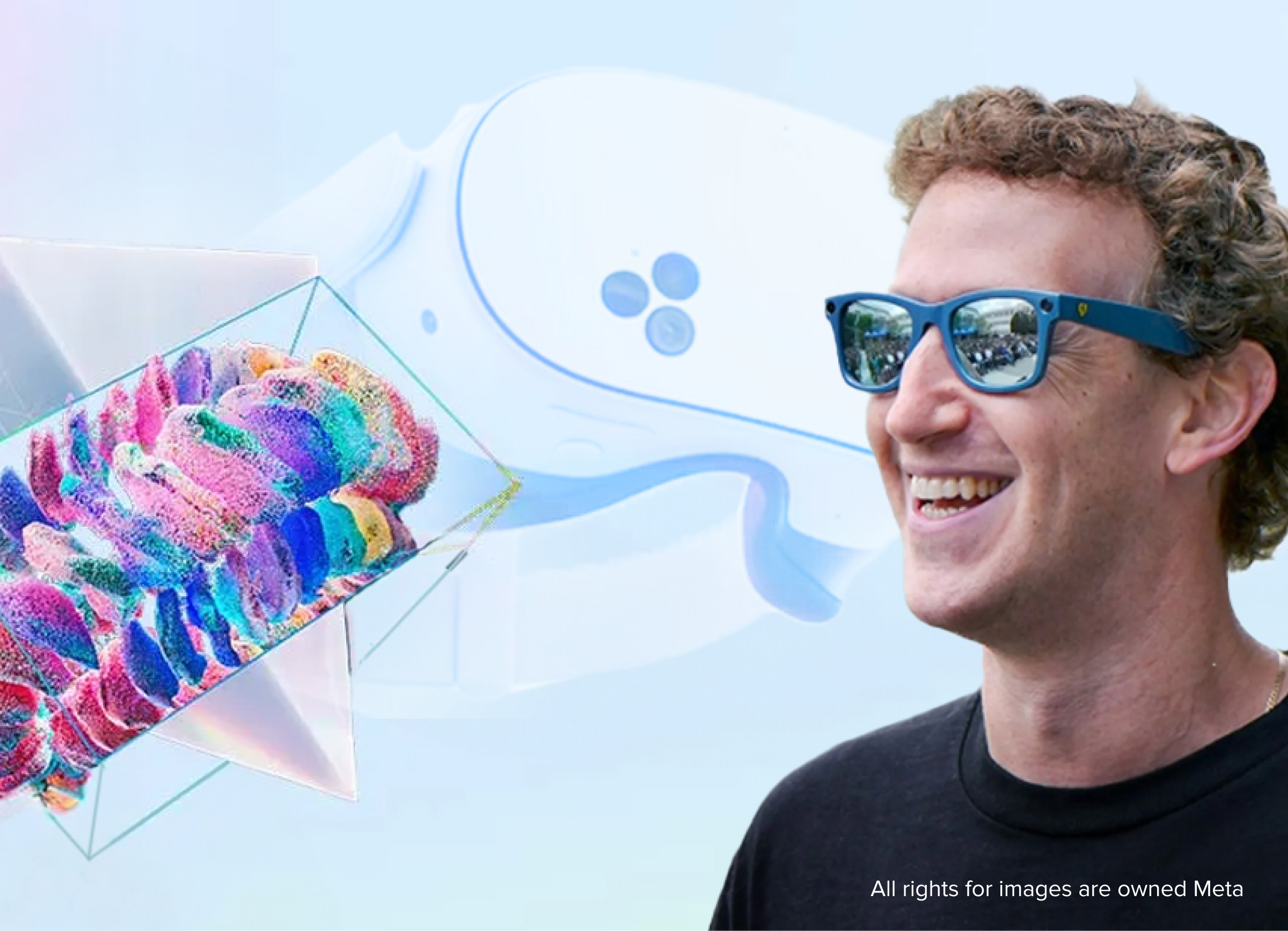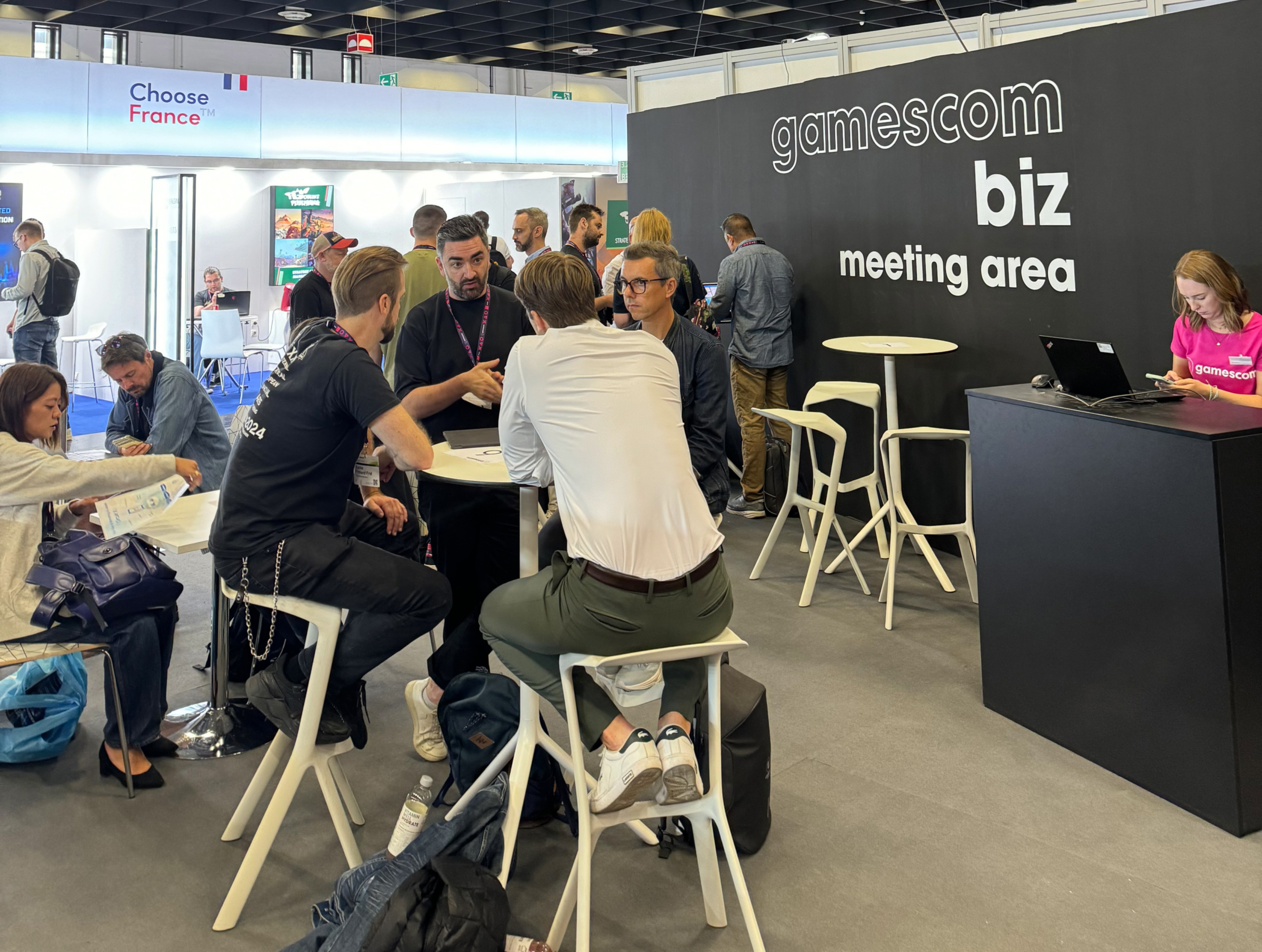
Virtual Reality, Augmented Reality, and Extended Reality technologies are revolutionizing various industries, and construction is no exception. While the utilization of Apple Vision Pro in manufacturing or construction industries may not yet be widespread, an increasing number of companies are endeavoring to integrate virtual reality, augmented reality, and extended reality technologies into their daily operations. Why? Let’s try to figure it out in this article!
Construction Industry Problems
While one might anticipate that technological advancements would alleviate challenges within the construction sector, construction firms frequently encounter a myriad of obstacles that impede efficiency, escalate costs, and compromise safety. Here are some key challenges in construction:
- Design Visualization and Communication: Traditional blueprints and 2D drawings can be difficult for stakeholders to interpret accurately.
- Design Iterations and Prototyping: Iterating on design concepts and prototyping can be time-consuming and costly.
- Construction Planning and Logistics: Planning construction activities and logistics on-site can be complex and error-prone.
- Worker Training and Safety: Safety is a paramount concern in construction, yet traditional training methods may not effectively prepare workers for on-site hazards.
- Quality Control and Inspection: Ensuring quality control and conducting inspections during construction can be labor-intensive and prone to human error.
- Client Engagement and Marketing: Engaging clients and stakeholders in the design process and marketing new developments can be challenging with traditional presentation methods.
- Remote Collaboration and Coordination: Coordinating teams and stakeholders who are dispersed across different locations can be challenging and time-consuming.
Immersive technologies such as Virtual Reality, Augmented Reality, and Mixed Reality, utilizing Apple Vision Pro, offer innovative solutions to many of these problems.
Seamless AR Integration with the ROCK Jobsite App on Apple Vision Pro by REEKON Tools
One notable example of this transformative technology in action is the implementation of the ROCK Jobsite App on Apple Vision Pro, as demonstrated by REEKON Tools.
The ROCK Jobsite App, designed to streamline construction processes, represents a significant advancement in leveraging AR technology using Apple Vision Pro within the construction industry. Unlike many other VR/AR solutions that require extensive customization and integration efforts, the ROCK Jobsite App boasts seamless functionality on the Apple Vision Pro platform. Within just five minutes of installation, users can experience the full capabilities of this powerful tool, making it incredibly accessible and user-friendly.
One of the key features of the ROCK Jobsite App is its ability to display measurements in real-time, providing construction professionals with immediate access to crucial data directly on their screens. The integration of Apple Vision Pro enhances this process, making it both effective and engaging. Whether annotating over photos, adding measurements to calculations, or collaborating with team members remotely, this app serves as a valuable companion throughout the construction process
How Immersive Technologies Address Construction Problems
The integration of Apple Vision Pro into VR/AR/XR technology marks a significant leap forward in the construction sector’s evolution. By tapping into the immersive capabilities of these technologies, construction companies can not only tackle challenges but also unearth fresh avenues for innovation. Here are some standout benefits:
- Advanced Visualization: With immersive technologies and Apple Vision Pro, stakeholders can immerse themselves in architectural designs and construction plans. This heightened visualization enables a clearer grasp of project requirements and early detection of potential issues.
- Enhanced Collaboration: Real-time data sharing and annotations foster more efficient collaboration among project teams, regardless of their physical locations.
- Boosted Efficiency: By automating tasks like data capture and measurement, Apple Vision Pro-equipped tools help construction professionals save time and resources. Manual efforts are replaced with streamlined processes, leading to heightened efficiency on-site.
- Cost Reduction: AR technology, when integrated with Apple Vision Pro, minimizes errors, lowers rework, and optimizes resource allocation, resulting in cost savings across the project lifecycle
The potential applications of AR technology in construction are boundless, from fortifying safety measures to facilitating training simulations. By addressing industry challenges and equipping construction professionals with AR solutions powered by Apple Vision Pro, are reshaping the construction landscape. They’re paving the way for safer, more efficient, and more sustainable building practices.


